Daikin vs Mitsubishi: The Ultimate Air Conditioning Showdown for Savvy Homeowners
When it comes to cooling your home efficiently and effectively, choosing the right air conditioning brand is crucial. In the world of HVAC systems, two names often stand out: Daikin and Mitsubishi. Both brands have carved a niche for themselves, boasting impressive reputations and a loyal customer base. But how do they truly compare?
Let me share some insights from my 20 years in the field. This article dives into a detailed comparison of Daikin and Mitsubishi, unraveling the key differences and surprising similarities that might influence your decision. From product features and energy efficiency to customer satisfaction and environmental impact, we cover it all. Whether you’re an HVAC expert or a homeowner looking to make an informed purchase, understanding these nuances is essential.
With the growing emphasis on sustainability and smart home integration, the stakes are higher than ever. As you navigate through the complexities of choosing the right air conditioning system, this guide promises to equip you with the insights needed to make a choice that aligns with your needs and values. Let’s embark on this ultimate air conditioning showdown and discover which brand emerges as the better option for savvy homeowners.
Introduction to Daikin and Mitsubishi
When it comes to choosing a mini-split system for your home, Daikin and Mitsubishi are two brands that often come up. Let’s dive into what makes these two giants in the HVAC world stand out.
Background and Reputation in the HVAC Industry
In the world of mini-split cooling and heating systems, Daikin Industries Ltd and Mitsubishi Electric Corporation are like the old friends you can always rely on. Both have been around since the 1920s, earning their stripes as top Japanese air conditioning brands known for their reliability and innovation.
Daikin Industries Ltd is the heavyweight champ of the HVAC world, holding the title of the world’s largest HVAC manufacturer. This isn’t just a fancy title; it shows their dedication to crafting top-notch air conditioning products. Daikin’s laser focus on air conditioning has led to some pretty cool (pun intended) technologies and efficient systems that cater to all sorts of needs. It’s no wonder they’ve become a go-to choice for folks looking for dependable climate control.
Mitsubishi Electric Corporation, on the flip side, plays in a bigger sandbox. While they’re famous for their air conditioning units, their expertise stretches across various electric products. This wide range of offerings highlights their knack for integrating advanced technologies across different sectors.
Both Daikin and Mitsubishi have made a name for themselves in places like Brisbane, where air conditioning is more of a necessity than a luxury. The sweltering climate demands systems that don’t just work but excel, and both brands deliver on that front. Thanks to their long-standing presence and continuous innovation, they’ve earned their stripes as trusted names in the HVAC industry, providing homeowners with cooling and heating solutions that are both efficient and effective.
Key Differences Between Daikin and Mitsubishi
When choosing between Daikin and Mitsubishi air conditioning systems, it’s essential to understand the unique features each brand offers. From product range and smart home compatibility to energy efficiency and cost considerations, both brands have their strengths. Let’s dive into the specifics.
Product Range and Features
Smart Home Compatibility
Mitsubishi Electric shines in smart home integration with its smart adaptive control technology. This nifty feature adapts temperature and airflow, ensuring your home stays comfy no matter what. Both Daikin and Mitsubishi offer smartphone controls, making it easy to tweak your settings from anywhere. This smart tech not only boosts convenience but also fits right into the growing smart home trend.
Inverter Technology
Inverter technology is a game-changer for energy-saving, and both Daikin and Mitsubishi have it covered. This tech lets the AC units adjust power based on cooling needs, cutting down energy use. Daikin is especially known for its whisper-quiet operation, perfect for those who value peace and quiet in their homes. It’s a testament to Daikin’s focus on creating a serene indoor environment.
Air Purification Systems
Both brands prioritize indoor air quality with built-in air purification systems. These systems tackle toxins and allergens, promoting a healthier living space. Plus, their units include humidifiers to keep humidity levels just right, enhancing comfort. This focus on air quality makes both Daikin and Mitsubishi appealing to health-conscious folks.
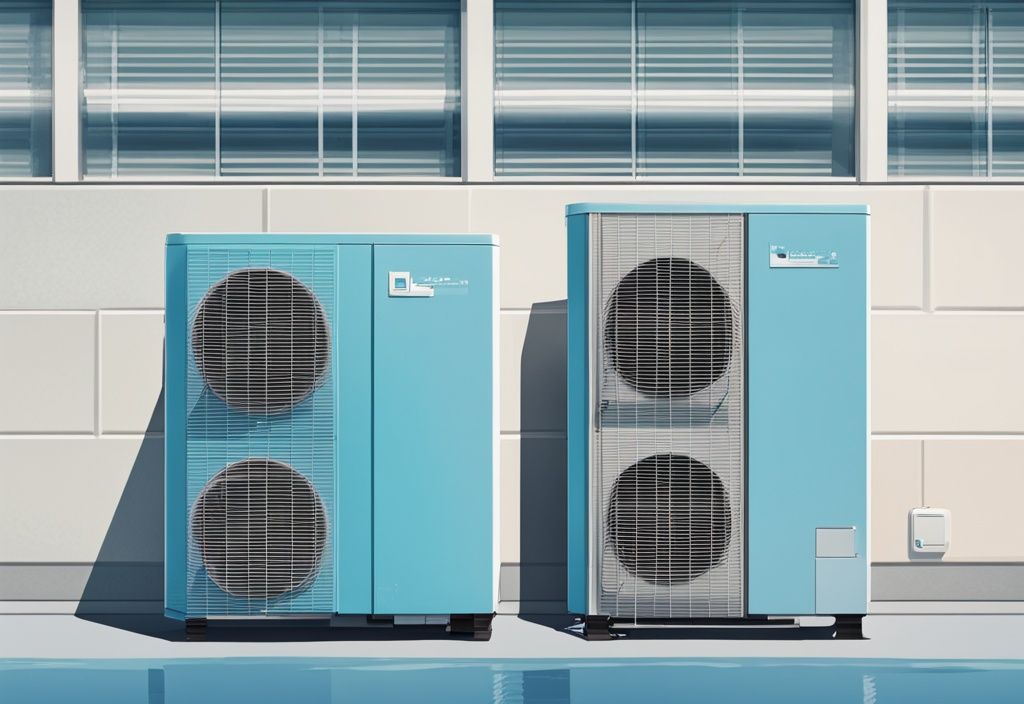
Energy Efficiency and Performance
Energy Ratings and SEER Comparisons
Energy efficiency is a big deal, and both Daikin and Mitsubishi deliver impressive SEER ratings. Daikin models can hit a SEER rating of up to 28, while Mitsubishi models go up to 30.5. These numbers show both brands are serious about energy efficiency, helping you save on energy bills.
Performance in Extreme Temperatures
How well an AC performs in extreme temperatures is crucial. Daikin units are built to handle a broad range, from -4° to 122°F, making them versatile for various climates. Mitsubishi systems, while slightly more limited, work well from 14° to 115°F. This ensures reliable comfort no matter the weather outside.
Noise Levels and Quiet Operation
Noise can be a deal-breaker for many, and Mitsubishi takes the lead with its ultra-quiet operation, especially in larger units. Many users praise Mitsubishi for its quietness, making it a top pick for those who value a peaceful home. Daikin’s indoor units are also quiet, though their outdoor units might be a tad louder.
Pricing and Cost Analysis
Initial Purchase Costs
Looking at initial costs, Daikin systems are generally more budget-friendly, starting around $1,400. Mitsubishi models, however, are pricier, averaging about $2,800. Prices can vary widely depending on the model and setup, so there’s room to find something that fits your budget.
Installation and Maintenance Expenses
Professional installation is key for both brands, usually taking 1-2 days and costing between $1,600 and $3,500. Daikin units often need less upkeep thanks to their self-cleaning function, cutting down on service needs. Mitsubishi systems might require more regular cleaning, which could affect long-term maintenance costs.
Long-term Cost Efficiency
While Daikin might have a higher upfront cost, its energy efficiency can lead to lower running costs over time. Both brands use energy-saving tech, making them smart choices for those looking to cut energy expenses without sacrificing comfort or performance.
Customer Satisfaction and After-Sales Support
When it comes to choosing between Daikin and Mitsubishi for your air conditioning needs, understanding customer satisfaction and after-sales support can make all the difference. Here’s what you need to know about consumer reviews, warranty coverage, and the quality of customer service for these two popular brands.
Consumer Reviews and Feedback
In the great debate of Daikin vs Mitsubishi, consumer reviews are like the unsung heroes, offering insights into real-world experiences. Daikin often gets a thumbs-up for being budget-friendly, which is music to the ears of those watching their wallets. Meanwhile, Mitsubishi is the quiet achiever, literally, with its whisper-quiet performance that’s perfect for noise-sensitive spaces. Both brands have a solid reputation for reliability, but it’s the local after-sales support that can tip the scales. Some folks have noted that service quality can vary depending on where you live, which might just sway your decision.
Warranty Coverage and Duration
Now, let’s talk warranties, an essential piece of the Daikin vs Mitsubishi puzzle. Daikin takes the lead with a longer warranty, stretching from 10 to 12 years, covering parts and giving you that warm, fuzzy feeling of security. Mitsubishi, on the other hand, offers a 5 to 7-year warranty. Both brands provide a standard 5-year warranty, which is like a safety net for your investment. Daikin’s extended coverage might just be the cherry on top for those looking for long-term peace of mind.
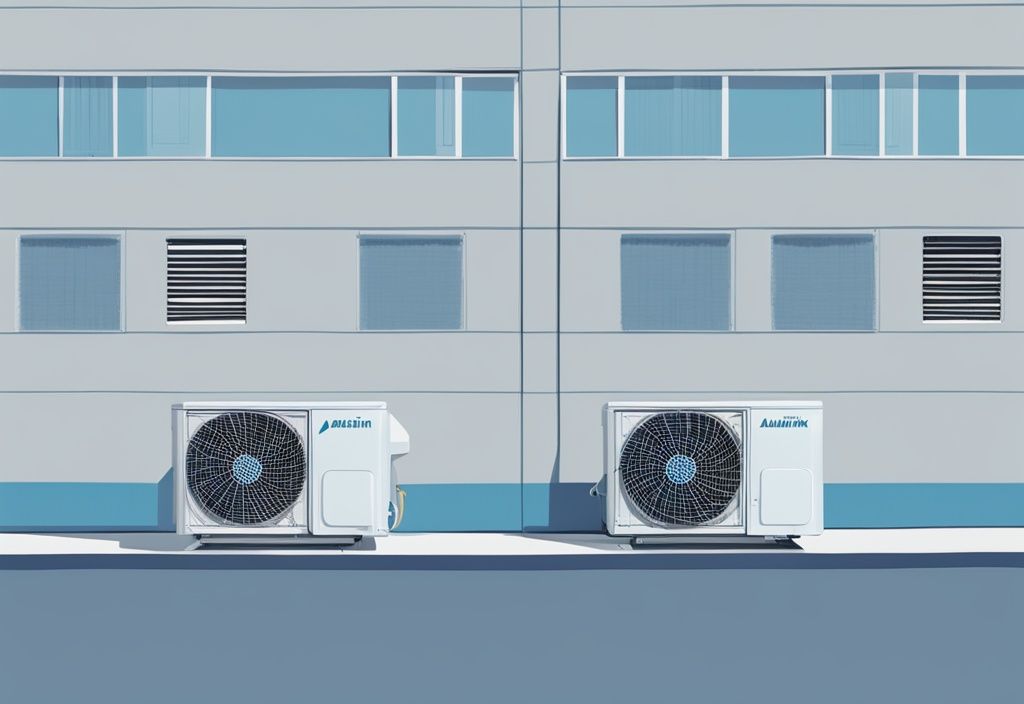
Quality of Customer Service and Support
Customer service is where the rubber meets the road in the Daikin vs Mitsubishi showdown. Mitsubishi Electric often gets a pat on the back for its responsive and reliable after-sales support, making the whole process smoother, especially during installation and maintenance. Daikin, however, has had its share of hiccups, particularly during the busy summer months when everyone and their dog needs support. This difference in service quality can be a game-changer, with some folks leaning towards Mitsubishi for its stellar reputation in customer care.
Environmental Impact and Sustainability
Choosing between Daikin and Mitsubishi isn’t just about cooling efficiency; it’s also about how these brands stack up when it comes to being green. Here’s a look at their commitment to energy efficiency and the use of eco-friendly refrigerants.
Commitment to Energy Efficiency
When it comes to energy efficiency, both Daikin and Mitsubishi are like two peas in a pod, each striving to reduce their environmental footprint. Daikin’s split systems often steal the spotlight with their top-notch energy efficiency ratings. These systems are a hit with folks who want to keep their homes cool without warming the planet. Daikin’s designs focus on using less energy while still delivering top performance.
Now, don’t count Mitsubishi out. Their energy-efficient models are no slouch either. Mitsubishi systems are crafted to provide high performance with low energy use, which fits right in with the global push for sustainability. It’s like having your cake and eating it too—great performance with a green conscience.
Use of Eco-Friendly Refrigerants
In the ongoing debate of Daikin vs Mitsubishi, both brands have hopped on the R-410A refrigerant bandwagon. This refrigerant is a game-changer in the cooling world, being much kinder to the ozone layer compared to its predecessors. By choosing R-410A, Daikin and Mitsubishi ensure their systems are not just effective but also compliant with environmental standards.
This choice highlights their dedication to sustainability, reducing the environmental impact of their products. It’s like they’re saying, “We care about keeping you cool and the planet safe.”
Design and Aesthetics
When choosing an air conditioning unit, design and aesthetics are more than just looks—they’re about how well the unit fits into your home and lifestyle. Let’s dive into what Daikin and Mitsubishi bring to the table in terms of size, style, color, and overall aesthetic appeal.
Size and Style Options
In the world of air conditioning, size and style can make all the difference. When comparing Daikin vs Mitsubishi, you’ll notice Daikin’s indoor units are a bit on the larger side. This gives them a strong presence in any room, which might appeal to those who equate size with power and efficiency. On the flip side, Mitsubishi’s outdoor units pack a punch with their heftier build due to a higher BTU capacity. This makes them a great choice for cooling larger spaces efficiently. Both brands offer a range of sizes and styles, so whether your home screams modern chic or whispers traditional elegance, there’s something to fit right in.
Color and Aesthetic Appeal
Now, let’s talk color and style—because who says an AC unit can’t be stylish? In the Daikin vs Mitsubishi showdown, Mitsubishi often takes the lead with its sleek, modern designs, perfect for those who want their AC to be as stylish as their home. These units can transform into a chic focal point in any room. But don’t count Daikin out just yet. Both brands offer a palette of colors and designs to match any interior vibe. Whether you’re after a minimalist white or a sophisticated metallic finish, both Daikin and Mitsubishi have you covered, ensuring your AC unit doesn’t just perform well but also looks the part.
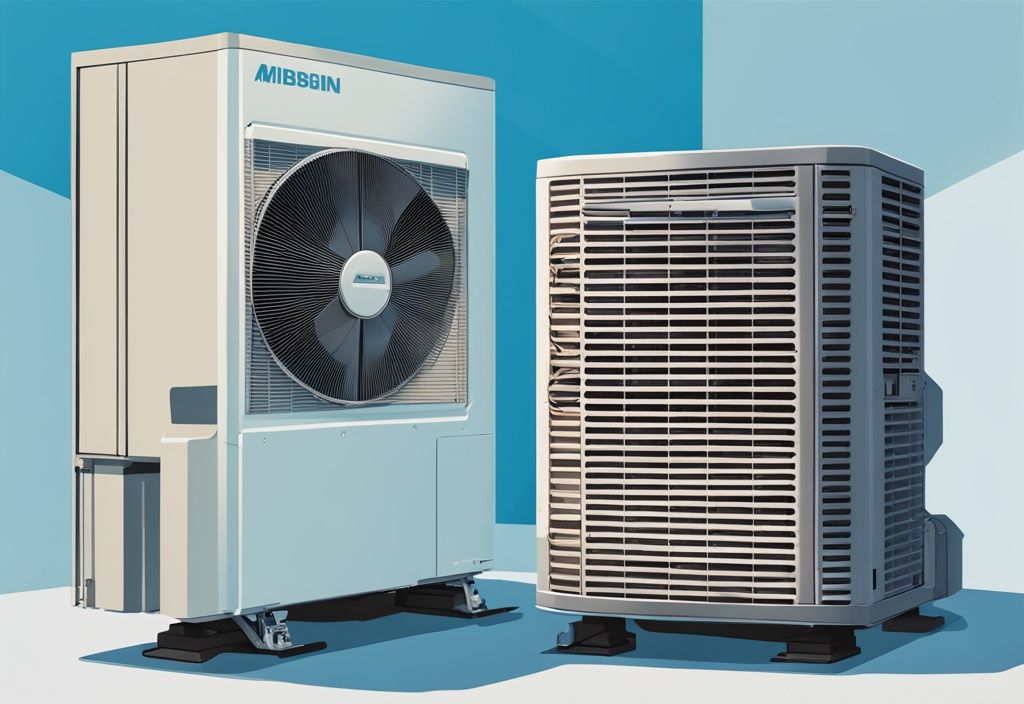
Conclusion: Which is Better – Daikin or Mitsubishi?
Choosing between Daikin and Mitsubishi air conditioning systems is like picking the right tool for the job—it all depends on what you’re looking for. Both brands have made a name for themselves in the HVAC world, offering unique perks that cater to different needs.
Now, if you’re watching your wallet, Daikin might just be your best bet. It’s not just about the initial price tag; Daikin systems are energy-efficient champs, with SEER ratings soaring up to 28. This means lower running costs over time. And let’s not forget those long warranties, ranging from 10 to 12 years, which offer peace of mind and solid protection for your investment.
On the flip side, if a whisper-quiet operation is what you’re after, Mitsubishi is the way to go. Their systems are as quiet as a mouse, perfect for noise-sensitive spots. Plus, they pack some serious smart tech, with adaptive controls that adjust to your comfort needs. Mitsubishi’s customer service is top-notch too, always ready to lend a helping hand when you need it.
So, in the end, it boils down to what you value most. Daikin shines with its affordability, energy savings, and solid warranties. Meanwhile, Mitsubishi stands out for its quiet performance, smart features, and reliable support. Weigh these factors, and you’ll find the right fit for your home.
FAQ
Choosing between Daikin and Mitsubishi air conditioners can be a bit like picking your favorite tool from a well-stocked toolbox. Both brands have their strengths, and understanding the differences can help you make the best choice for your home.
What are the main differences between Daikin and Mitsubishi air conditioners?
Daikin is known for its focus on energy-efficient and affordable solutions. They’ve got a knack for making systems that won’t break the bank on your energy bill. On the other hand, Mitsubishi offers a broader range of electric products, including some pretty nifty smart features in their AC units. It’s like comparing a reliable sedan to a tech-savvy hybrid.
Which brand offers better energy efficiency?
When it comes to energy efficiency, both brands hold their own. However, Daikin’s split systems often take the cake with SEER ratings reaching up to 28. It’s like having a car that gives you more miles per gallon—saving you money in the long run.
How do the warranty policies compare between Daikin and Mitsubishi?
In the warranty department, Daikin tends to be more generous, offering coverage from 10 to 12 years. Mitsubishi, meanwhile, provides warranties ranging from 5 to 7 years. It’s like having a longer insurance policy for peace of mind.
Are Daikin air conditioners quieter than Mitsubishi units?
Noise levels can be a deal-breaker for many folks. Mitsubishi units generally run quieter, especially in their larger ducted models. Daikin’s indoor units, however, are quieter than their outdoor ones. Think of it as choosing between a whisper and a gentle hum.
Which brand is more cost-effective in the long run?
Looking at the big picture, Daikin often proves more cost-effective over time. Despite a higher initial price tag, their superior energy efficiency and lower operational costs make them a wise investment for the future. It’s akin to buying quality shoes that last longer and save you money down the road.
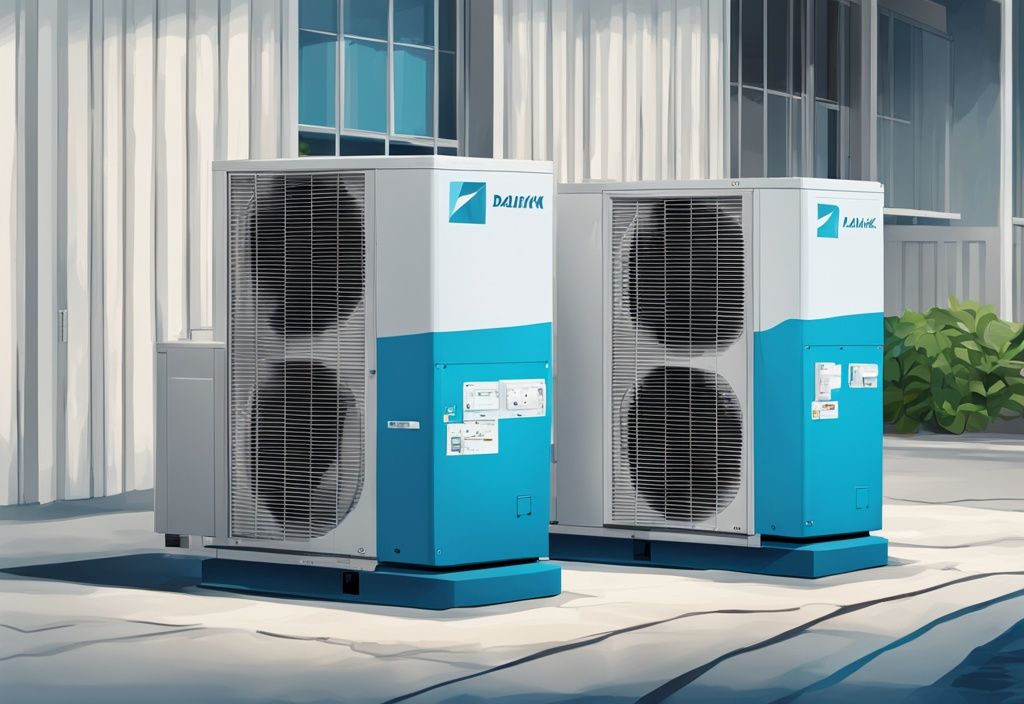
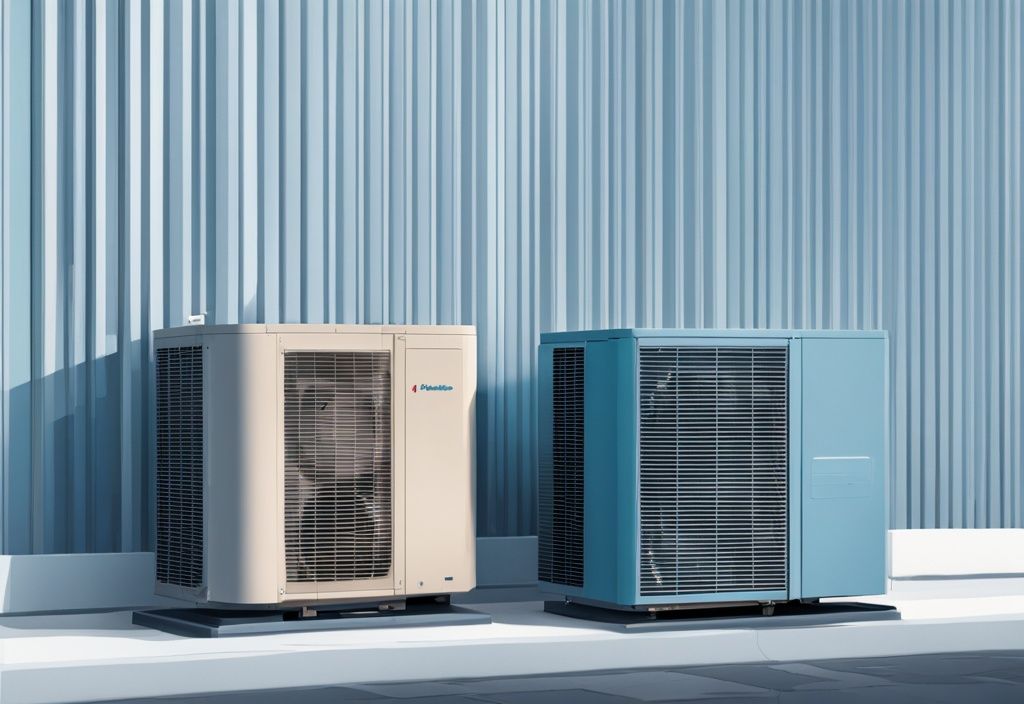
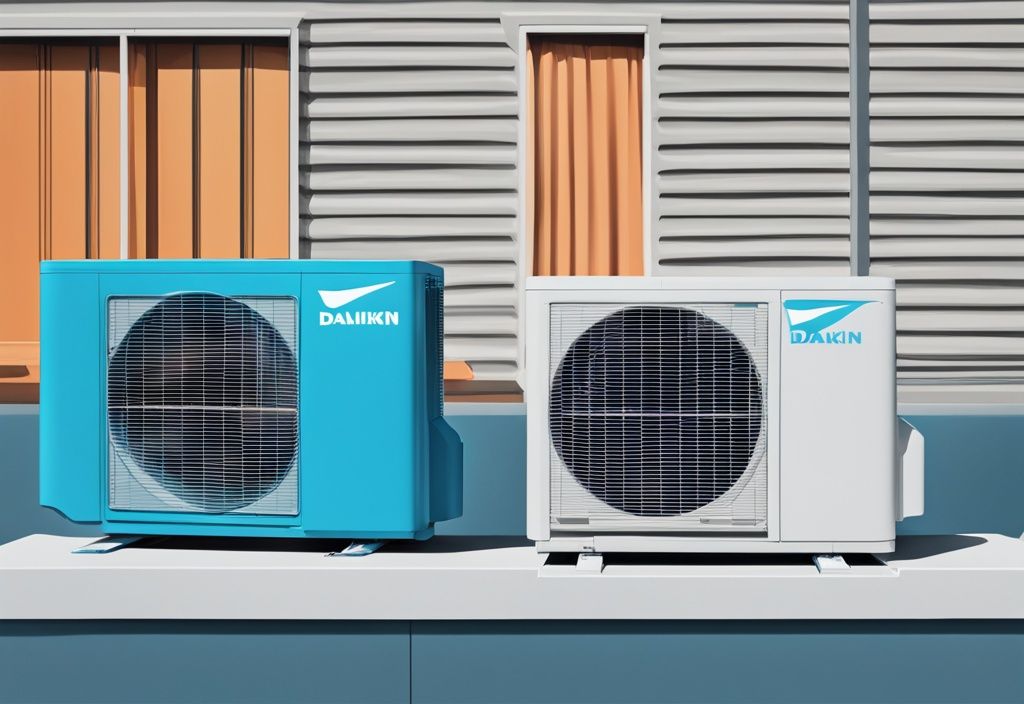
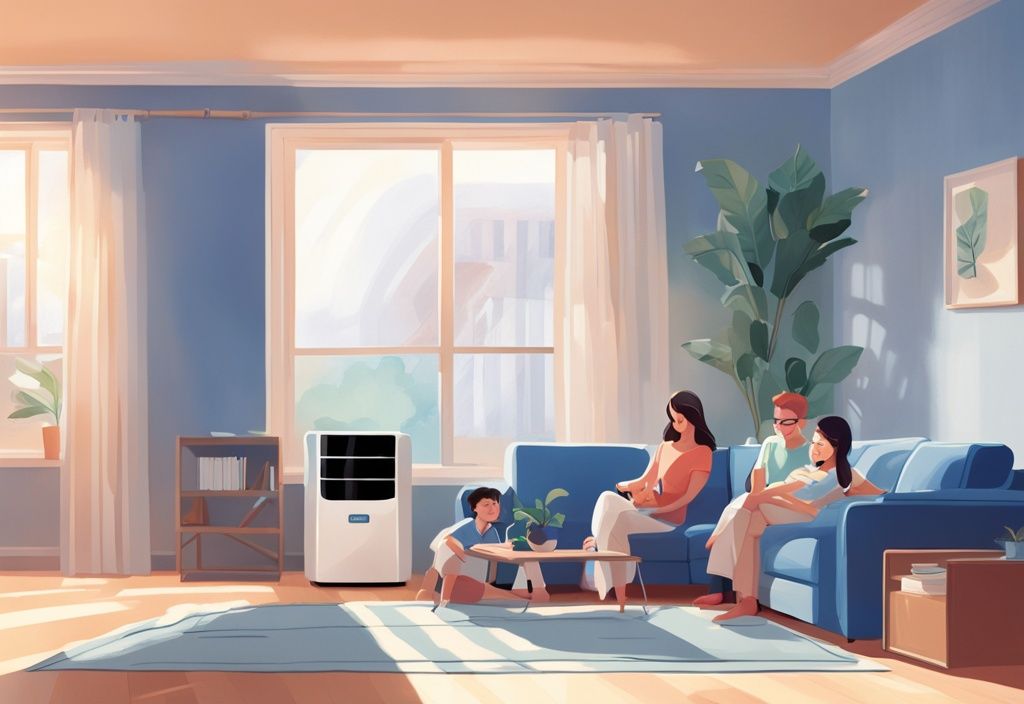
Post Comment